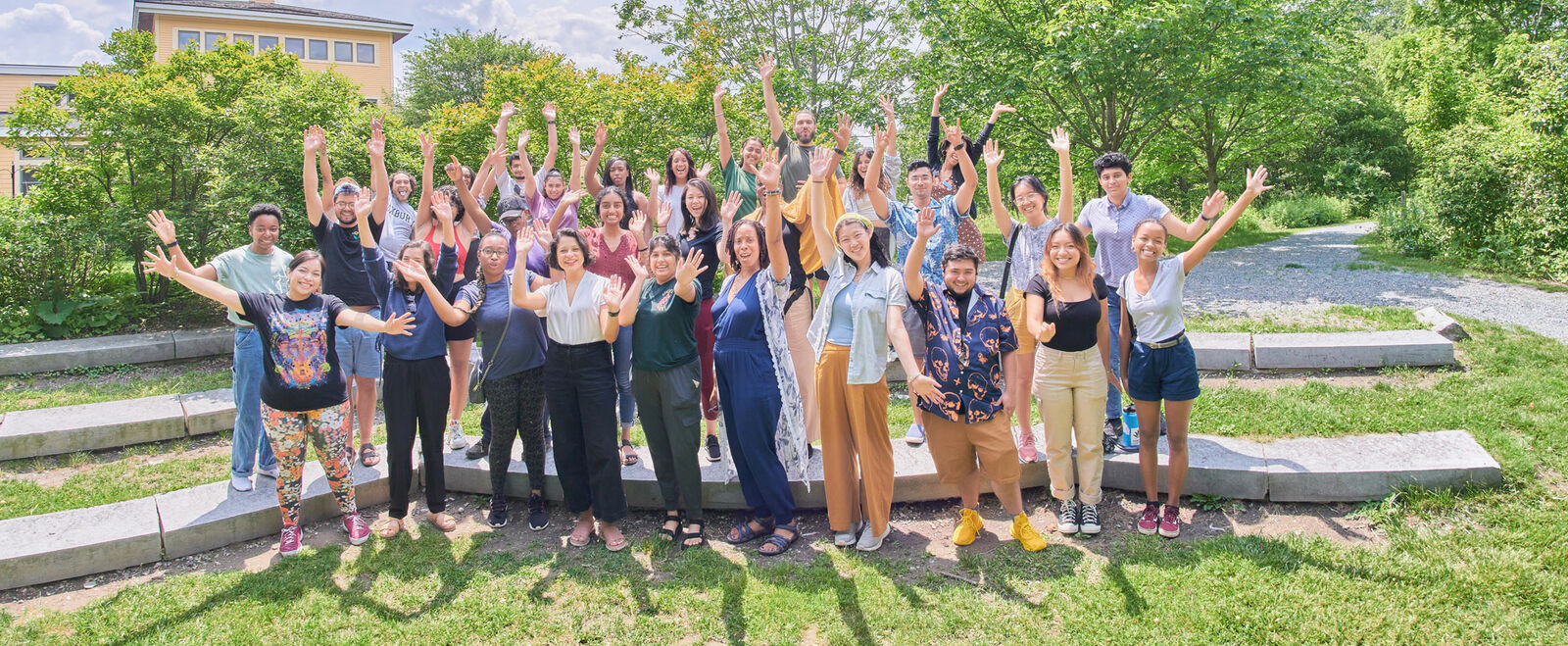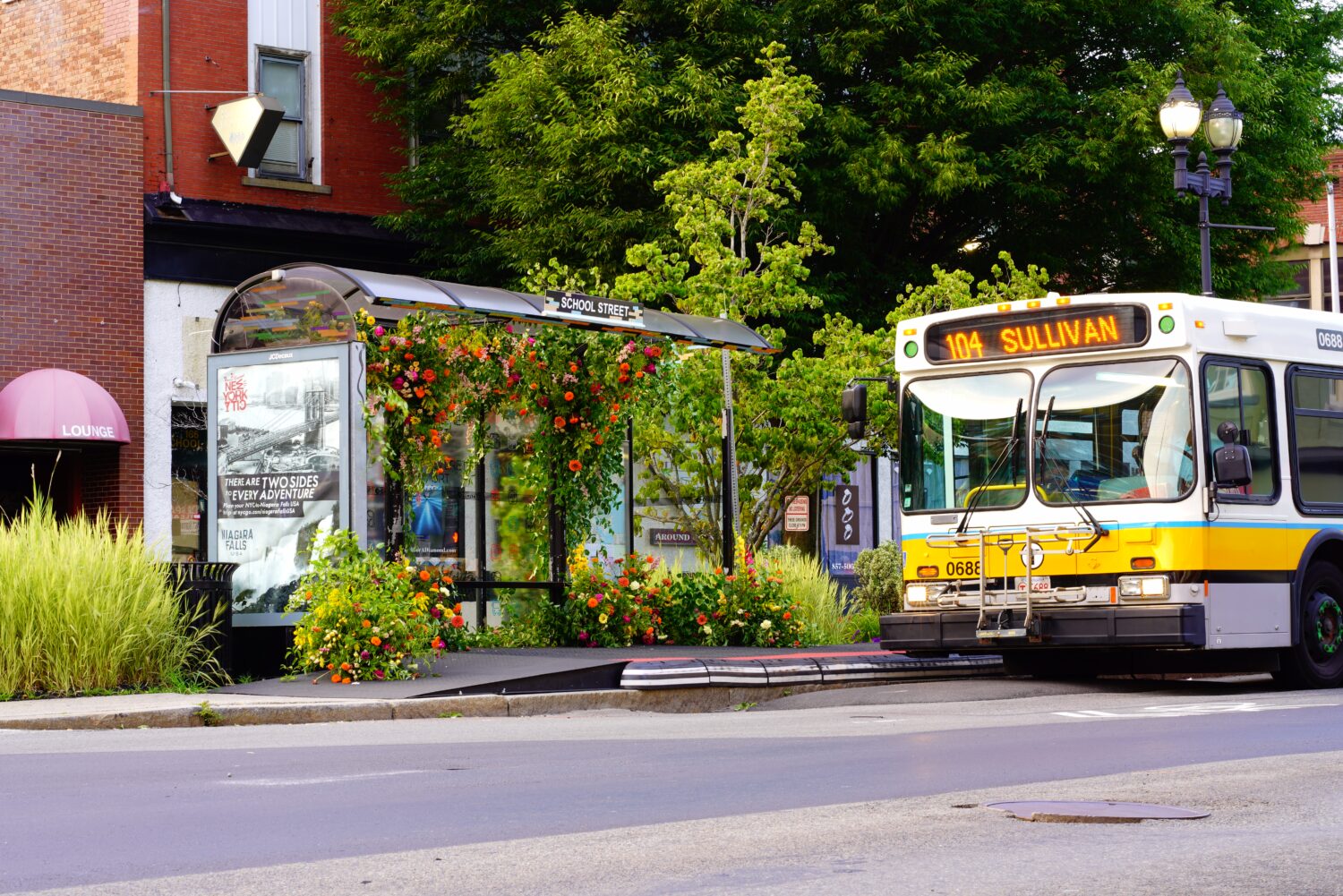From April 2005 to present (early 2008) the Boston Green & Healthy Building Network has provided a forum for collaboration to promote green and healthy buildings for representatives from about ten Boston-area non-profit organizations and the City of Boston. The Network was launched in 2005 at the initiative of the Barr Foundation where a senior program officer both identified the similar objectives of numerous non-profit grantees and City agencies working on this topic and recognized that their work was not coordinated. Barr sponsored a facilitator/coordinator to help the Network self-organize and determine its most useful objectives and practical actions.Since the Network’s start-up it has contributed materially to advancing green and healthy building construction and maintenance policies practices and programs in the City.
In a survey done in mid-2007 95% of Network participants also indicated that the Network had helped their organizations advance their missions. The survey also showed that the key accomplishments of the Network fall into four areas:
- Enhanced connectivity among the Network participants leading to new relationships expanded knowledge and greater awareness of each other’s work
- Greater alignment and coordination of advocacy work by these non-profit organizations and enhanced access to decision-makers
- Integration of green and healthy building objectives in tangible projects by the City of Boston and within the work of participating non-profit organizations
- New collaborations among Network organizations leading to significant gains in promoting green and healthy buildings.
Some key challenges the Network has faced include how to ensure that:
- Participants get sufficient benefit and value out of the time they dedicate to participating in the Network;
- Network members find the most fruitful ways to collaborate; and
- There is clarity about the Network’s purpose and goals as it evolves.
Lessons of this experience that could be applied more broadly include these findings:
- The group saw as critical the Foundation’s funding for a facilitator to coordinate the Network and its meetings while remaining mainly “hands-off” in directing how the Network developed.
- The Network’s early focus on learning what each group did including developing a matrix to map who was doing what types of work helped people to see new opportunities for joint action increased coordination and reduced duplication of effort.
- Lastly the Network’s focus has been flexible and has evolved in response to the larger context (e.g. the City of Boston’s green/healthy building agenda) and individual members’ needs.



